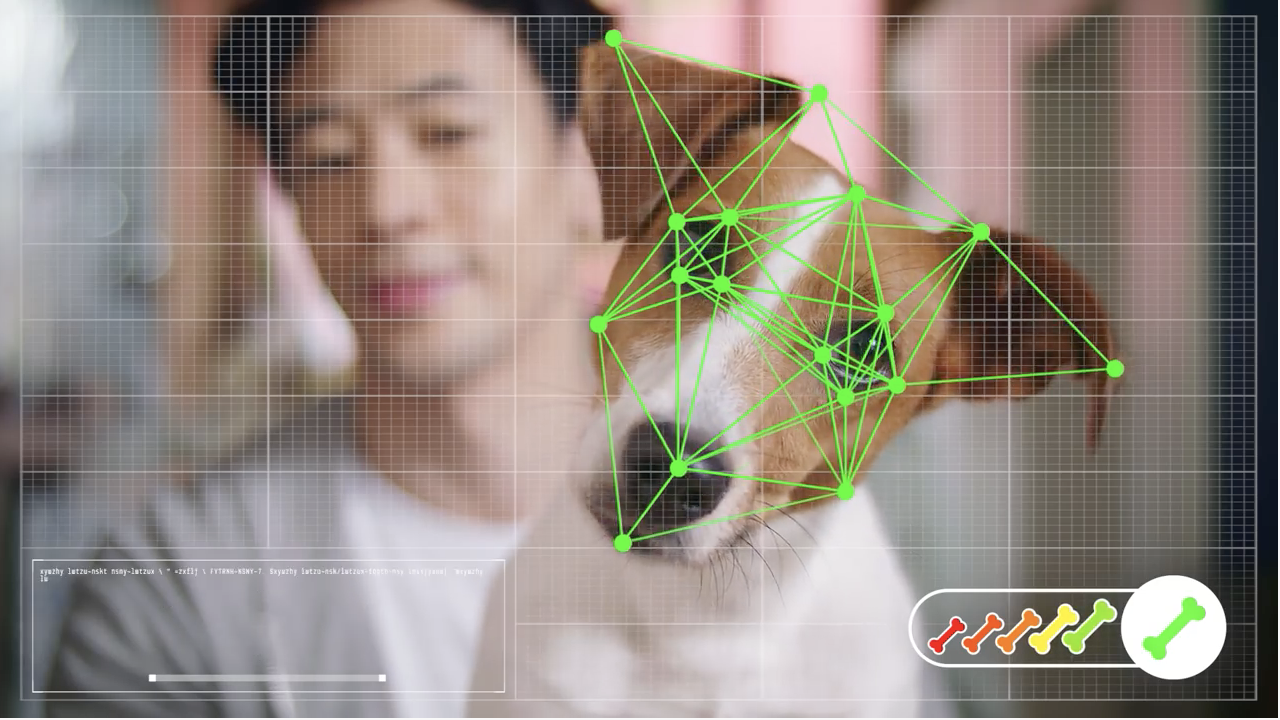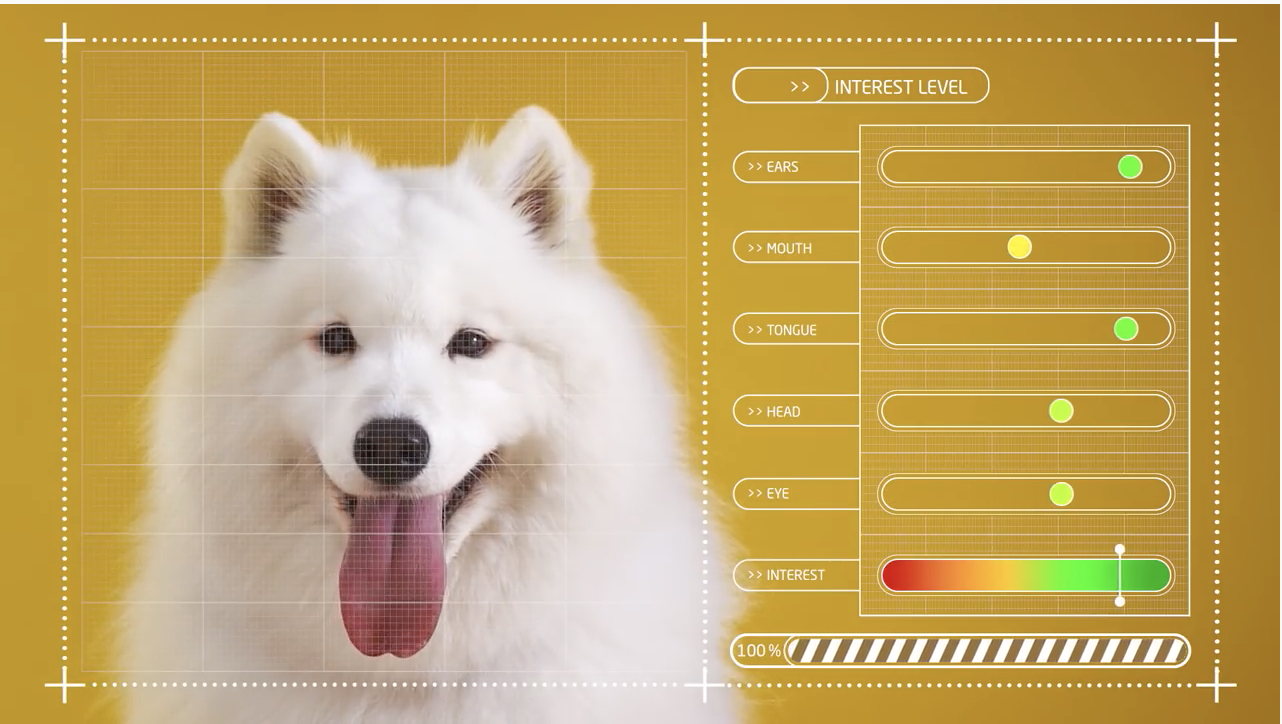
The saying “Time is advancing” doesn’t only apply on humans, but on dogs as well. Don’t you see videos on YouTube channels about how pet keepers show off their adorable pets who often have unexpected special talents. Nowadays, even dogs can shop online. It’s not degrading anyone; it’s an actual service from a website.
《Petz》, a Brazilian online shopping brand for pets, claims that “their website allows dog to shop; more impressively, it can recognize dogs’ preferences. Whatever the dogs like will be automatically added to cart.” How about that? So magic, right?
Facial Recognition for Humans Is Nothing; Facial Recognition for Dogs Is the Real Deal
Pet Commerce utilizes the “canine facial recognition” technology. Anyone who’s ever had dogs knows that they actually do have facial expressions. You can tell whether they are happy, concentrated, nervous or scared from the motions of their ears, eyes, and mouth. By utilizing this principle, Petz cooperated with《Tudo De Cao》, a unit specialized in pet behavior training. They established a database of different expressions with “ears, mouth, tongue, head, and eyes”, and finally got an overall rating in the dog’s interest level on the product.

▲Canine facial recognition uses various breeds and facial expressions as criteria.
This is how it works:
1. First, turn on the sound on your computer and turn it up.
2. Place your lovely dog right in front of the camera on your computer; his/her image will then appear on the upper right corner of the screen.
3. You don’t need to grab hold of your pet’s head. Just make sure he/she feels relaxed and comfortable.
4. The system will automatically detect the products which your dog has an interest, and add them to cart automatically.
The system is divided into three categories — toys, balls, and bones. After selection, the video showing a series of products will be playing on screen. The dog’s attention will then be drawn by the pressing on toys, the rustling of shaken food, or swung toys, etc. in the video. After a series of swaying and swinging, once the system detects that “your dog has an interest in this thing”, it will be added to cart automatically. It is possible that your dog tries to save you money by choosing nothing; this is when the system will kindly remind you — “It seems your dog isn’t interested in any of the products. Don’t be sad. He/she must be a little distracted. Find a quiet place/time, try again and good luck on the shopping.” Therefore, the system apparently won’t force any purchase. It’s not a trick, but an operating canine facial recognition mechanism.

▲The video uses sounds and motions to draw doggies’ attention.

▲Your dog didn’t buy anything? Maybe he/she was trying to save you money.
Be More Than Just Words; Make Consumers Feel
I admit I’m a dog person; any case about dogs is a yes from me. However, I’m introducing this case not because it’s about dogs, but that an important marketing concept is applied here:
“Brand Appeals Should Be Felt By Consumers As Much As Possible”
Imagine if Petz wants the consumers to believe that it’s an easy-to-use pet e-commerce:
- Shoot an advertisement, where a dog performs shopping with the slogan “easy-peasy” at the end Vs.
- Let the canine facial recognition give the actual experience, demonstrating the website is so simple that even your dog can pick a product on it.
Which of the above two is more persuasive? This is what I meant by “felt by consumers as much as possible”.
A brand is built through the accumulation of bits and pieces. It could be a result mixed with user experience, reputation, advertisement, impression, etc. Among them, brand appeals, the invisible communication, simply wouldn’t work, if we keep outdated ideas, assuming that using strong advertising with a catchy slogan like “Easy, even for dogs” is the way to get consumers pay up, especially in this time consumers are less and less likely to be influenced by advertisement. A brand needs to make the appeal more than just a slogan, but an actual experience, a demonstration, or promotion activities. That’s how the appeal can be felt. Petz’s method is a classic example.
Moreover, Petz’s service not only allows dogs to shop for themselves and reflects the brand appeal perfectly, but also creates a fantastic topic for targeted audience, giving them a good opportunity to show off their dogs — see, besides shaking hands and lying down, my dog can even go shopping online!
